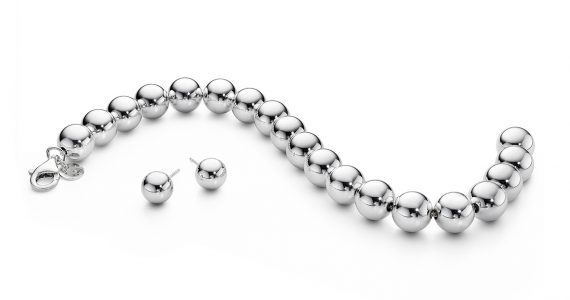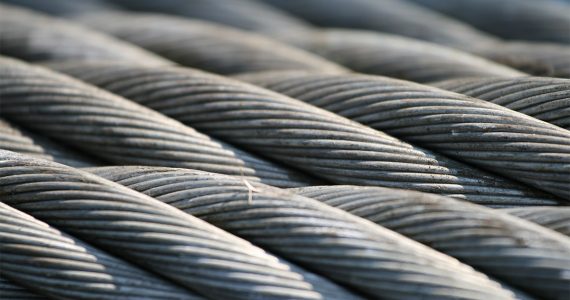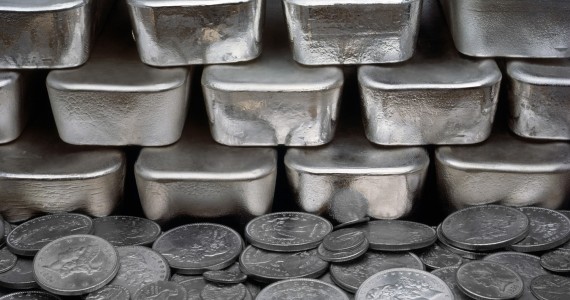Platinum and palladium both belong to the six metals of the platinum group metals (PGMs). They are known for their rarity, malleability, density and their high resistance in hydrogen absorption under room temperature. These are considered precious and valuable metals of their extraordinary properties. Let us find out how production is being done for these metals after being extracted from the ores which are naturally found on the earth’s crust.
Production of Platinum
Platinum usually occurs naturally in placer deposits, but there are two ores containing platinum where raw platinum is being extracted from and those are sperrylite and cooperite.
Platinum is always found in combination with the other metals of the PGMs (palladium, rhodium, iridium, osmium and ruthenium). In the Bushveld complex in South Africa, PGMs occur in large quantities for a cost-effective way to extract these metals exclusively. In other ore deposits such as Norilsk in Russia and Sudbury in Canada, platinum and other PGMs are extracted as by-product of copper and nickel.
The process of extracting platinum from the ore deposits is very labor intensive. In order to produce one troy once (31.135g) of pure platinum, about 7 to 12 tons of ore must be extracted in a span of six months.
The first step in the extraction process is to crush the ore that contains platinum and submerge it in reagent mixture with water. This is called “froth flotation” that uses ore-water slurry to pump out air. Particles of platinum are attached to oxygen through a chemical process and form a froth above the surface for further refining through a process called skimming.
Once the skimmed particles dry up, the powder still contains less than 1% platinum so it is then heated to a high melting point at over 1500 degree Celsius in an electronic furnace that pumps out air again in order to remove iron and sulphur impurities.
The next step involves electrolytic and chemical processes to achieve about 15 to 20% concentrated PGMs and extract copper, nickel and cobalt impurities.
Next is to dissolve platinum from the concentrated mineral using aqua regia (a mixture of nitric acid and hydrochloric acid) to create chlorine that is blended with platinum to create chloroplatinic acid.
Finally, the last step is to convert the chloroplatinic acid to ammonium hexachloroplatinate using ammonium chloride and then the compound is burned in order to produce pure platinum.
Fortunately, not all platinum metals are extracted that way. 2012 statistics from the United States Geological Survey (USGS) showed that about 30% of the 8.3 million ounces of platinum production worldwide is from recycled sources.
The largest producer of platinum is South Africa that supplies more than 75% of worldwide demand. Russia and Zimbabwe are also large producers of this metal.
Production of Palladium
Just like platinum, this mineral is also found in combination with other PGMs which occur naturally in ore deposits such as chromite, dunite and norite.
Bushveld Complex in South Africa and a few ore deposits have PGM deposits in large quantities just like platinum to exclusively extract these metals in economically. The ore deposits in Russia, Taimyr and Kola, including that of Canada’s Sudbury, extract palladium and other PGMs as by-product of nickel and copper.
The extraction process of palladium is very similar to that of platinum, as these two metals are naturally occurring in the same ore deposits of the earth’s crust. So, it follows the initial step of refining palladium-containing ores by crushing the ore and immersing it in reagent with water. This process is called “froth flotation.” During this stage, air is pumped using a machine called one-water slurry to allow the palladium particles to float above the surface to be skimmed for a more refined outcome.
The next step is to smelt the concentrated powder with very small percent of platinum. This process uses an electronic furnace to blow air again for the purpose of taking out iron and sulphur impurities. The concentrated powder is smelted at an extremely high 1500 degree Celsius. To make it more refined and concentrated at 15 to 20%, electrolytic and chemical techniques are used to remove nickel, copper and cobalt particles.
Part of the refining process uses agua regia to soften or melt the metal from the concentrated mineral. The rest of the solution uses ammonium chloride as chemical treatment to completely remove other PGMs present in the concentrate.
The final step is to convert the palladium metal into its pure state by going through a chemical reduction process using a formic acid with ammonia.
The largest producer of palladium is Russia, particularly Norilsk Nickel basin ore basin. South Africa also supplied a large production of this metal particularly the Bushveld Complex ore deposit. Canada, Zimabwe and the United States are also large sources of palladium.








